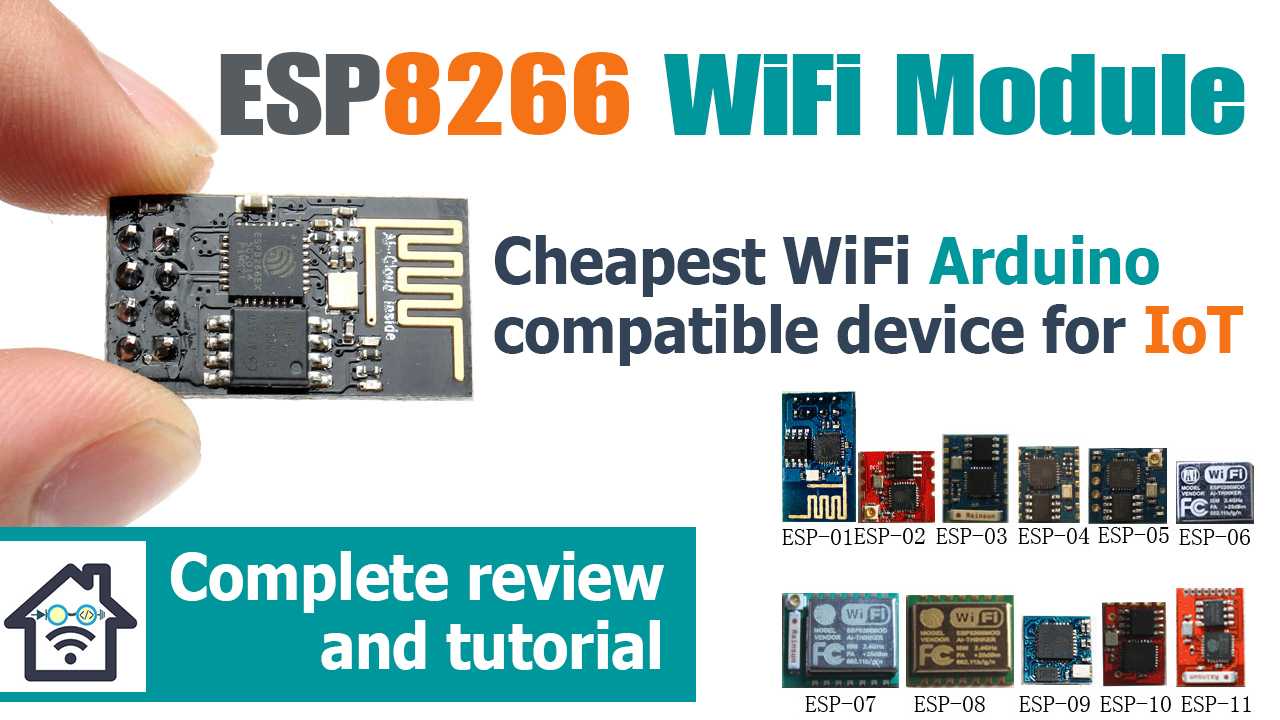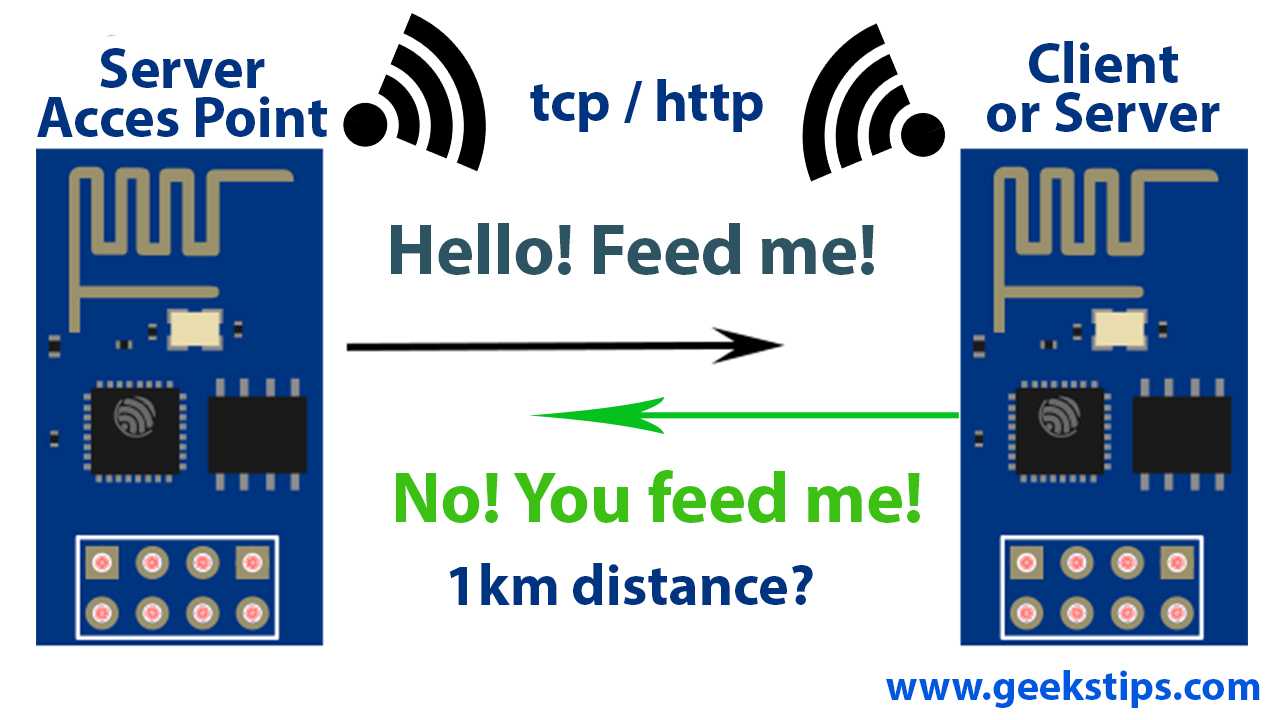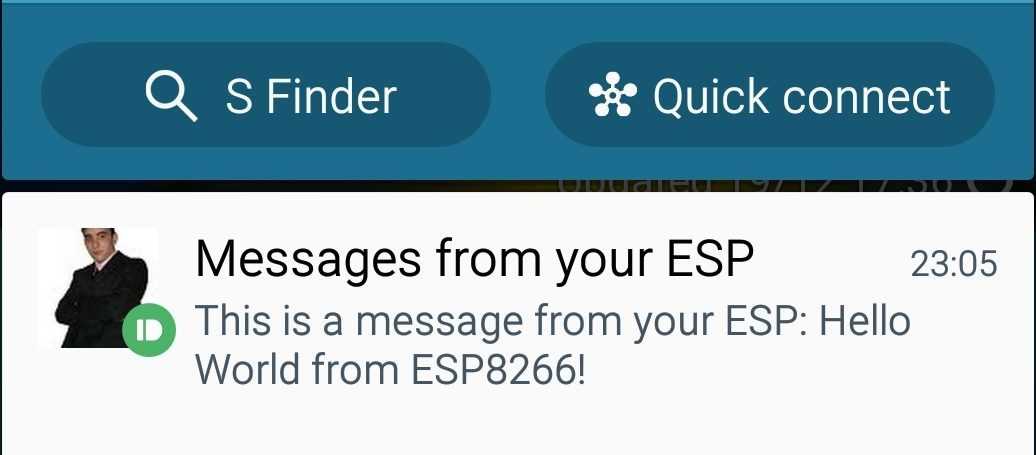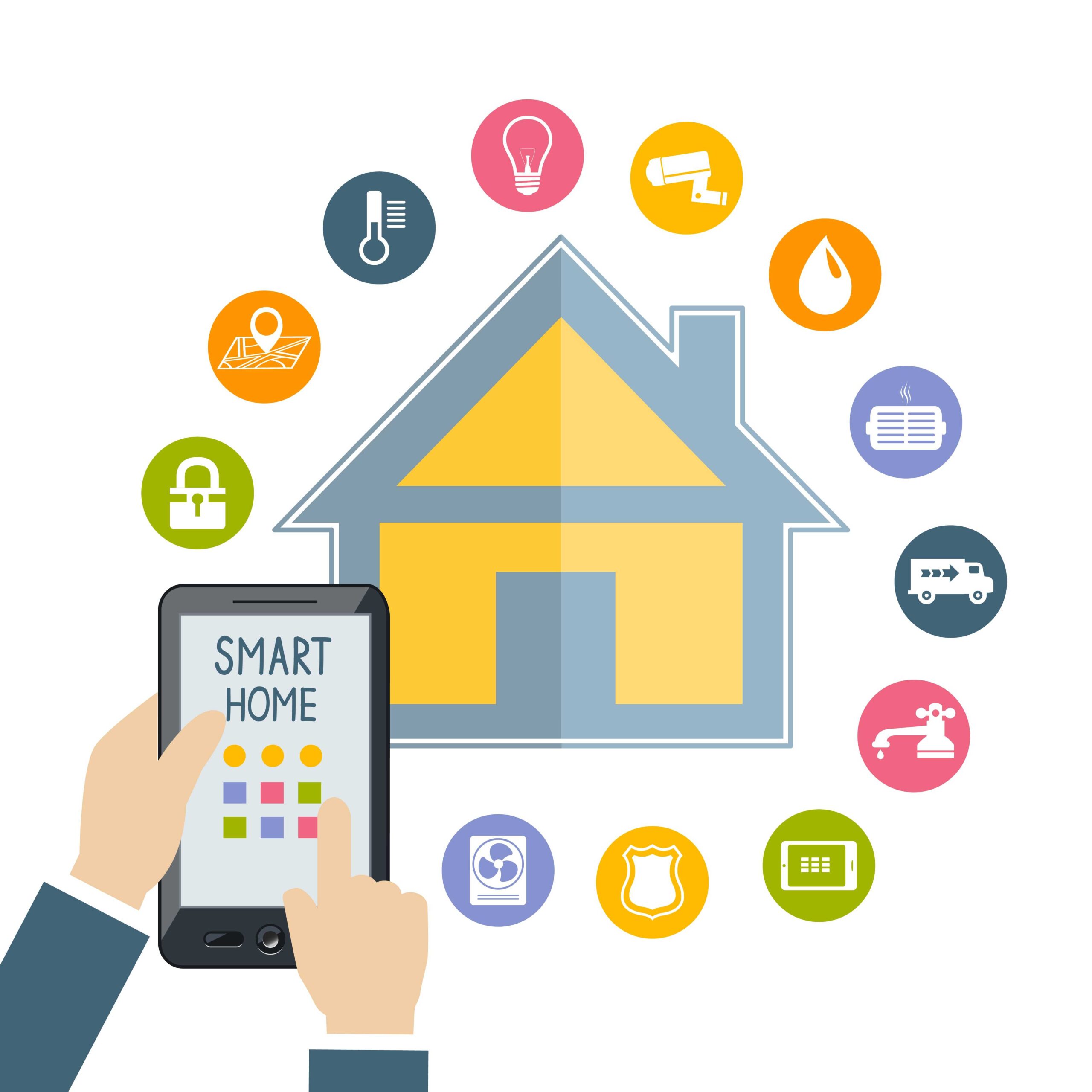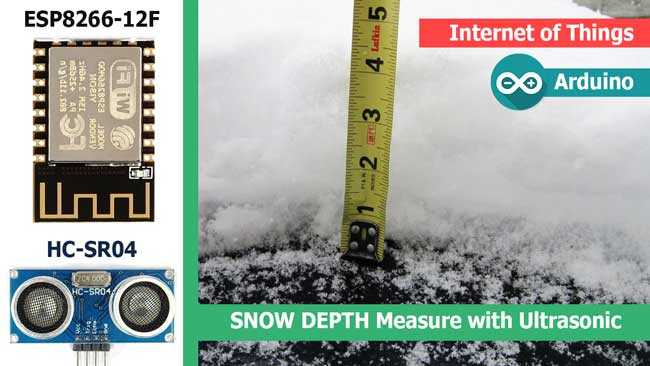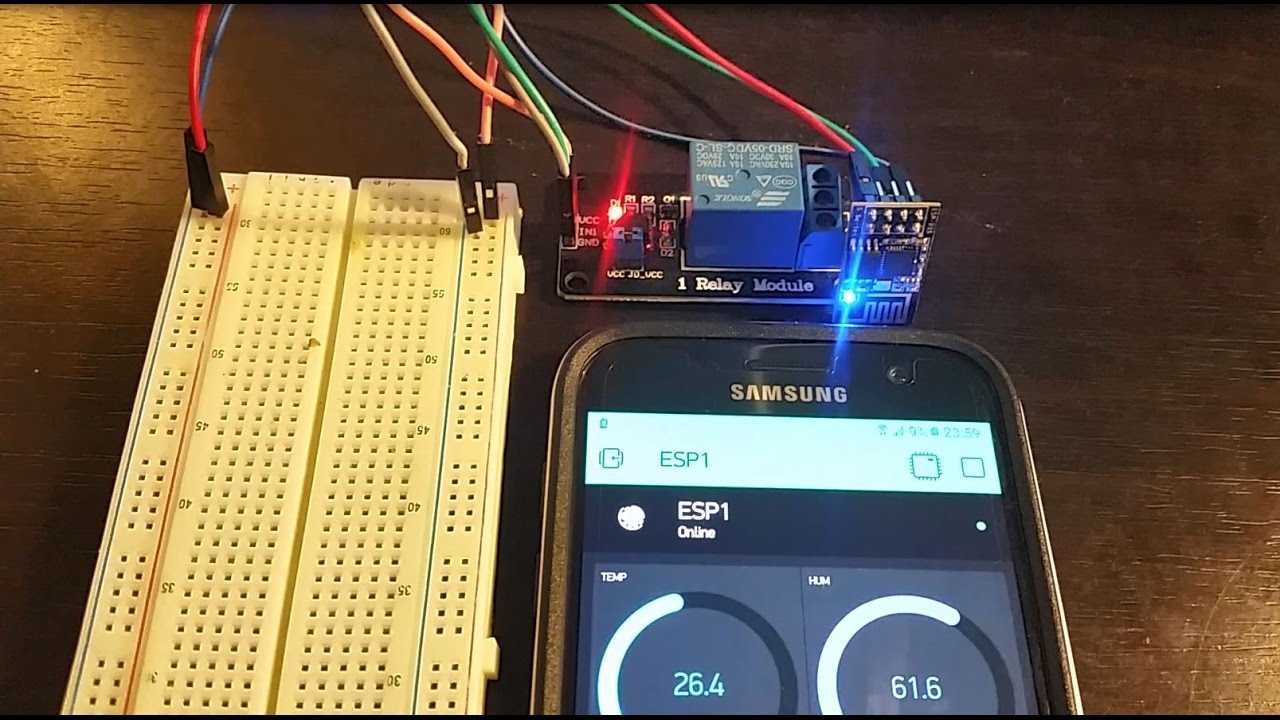Have you ever heard of AIoTI?
While browsing for news about the Internet of Things, I recently stumbled upon a headline mentioning AIoTI — and I couldn’t resist digging deeper.
Here’s what I found: in March 2015, the European Commission, together with key players in the IoT space, launched the Alliance for Internet of Things Innovation, also known as AIoTI. Based in Brussels, this unique European association was created to support and strengthen collaboration among IoT stakeholders across the continent.
But the real question is: do we need to know about this?
Is it relevant to us, as makers, tech enthusiasts, or IoT developers?
Absolutely yes.
Everyone should be aware of global organizations like AIoTI. Today, these alliances hold enormous influence, funding, and innovation power. They can take an idea and scale it into something that shapes industries — much like how the fashion world sets trends and colors for the season.
The Internet of Things is quickly becoming part of everything — from factories and cities to homes, gadgets, and wearables. Soon, it will be as embedded in our lives as smartphones and social media.
The European Commission’s goal with AIoTI is to foster a dynamic, open IoT ecosystem — one that can unleash the full potential of IoT technology. Built on the earlier work of the IoT Research Cluster (IERC), AIoTI aims to share innovation across industries, helping transform fresh ideas into practical solutions and sustainable business models.

